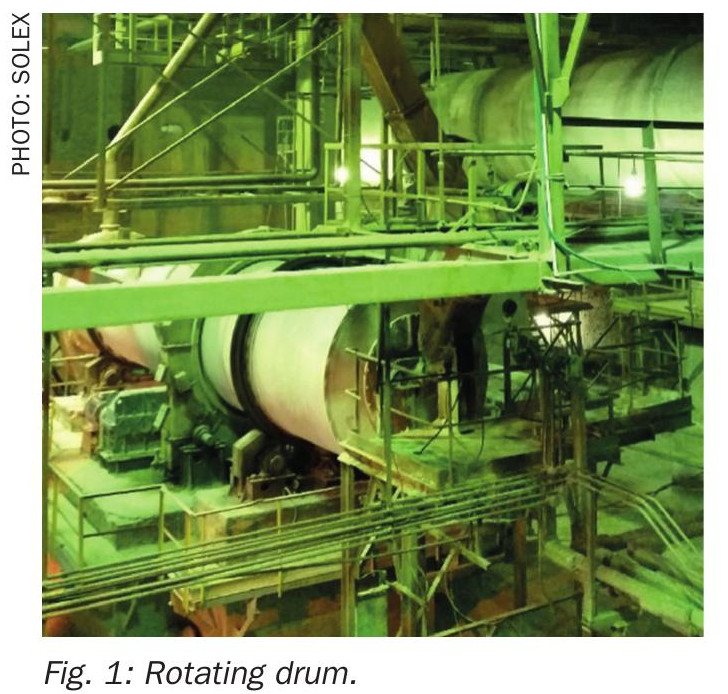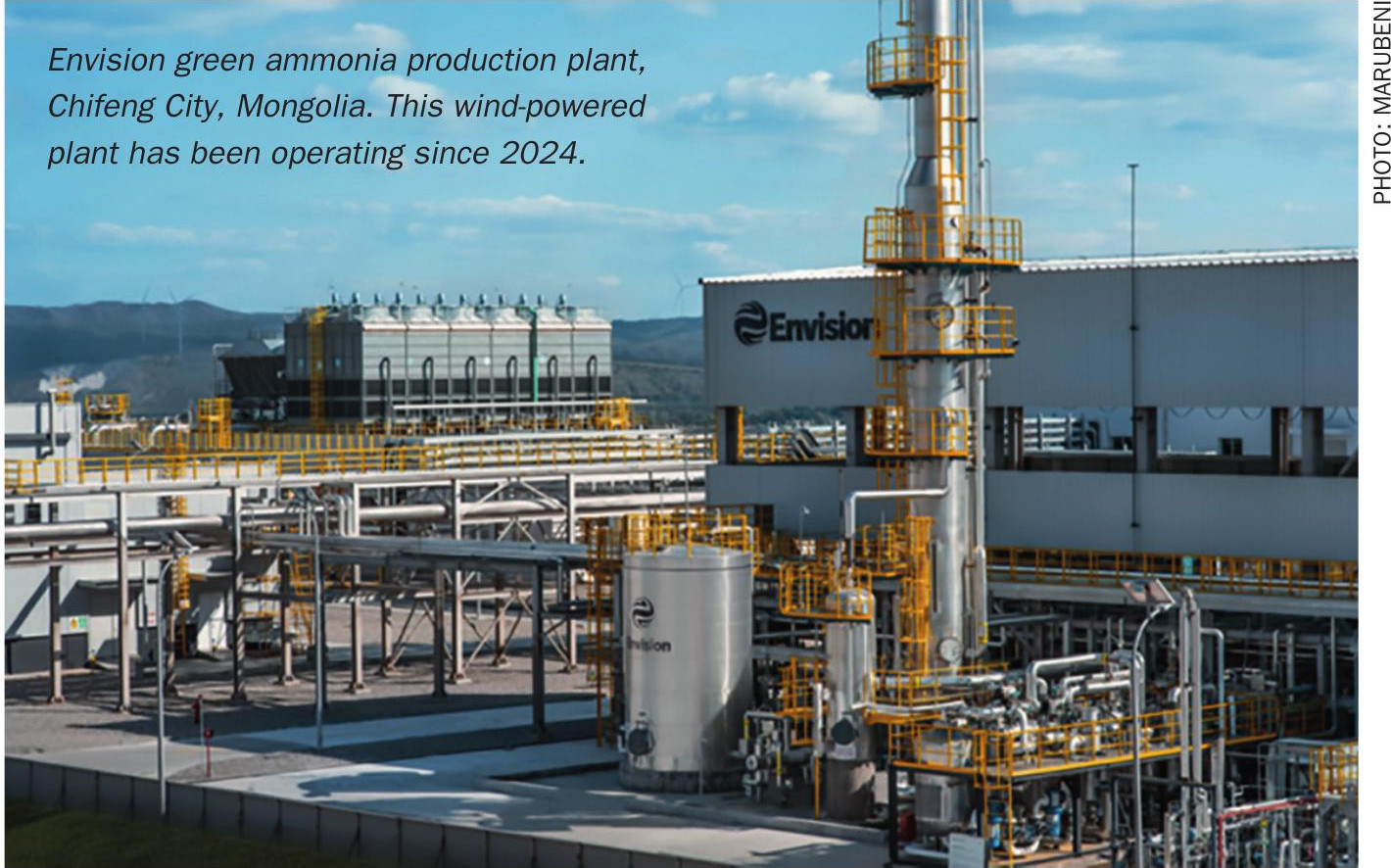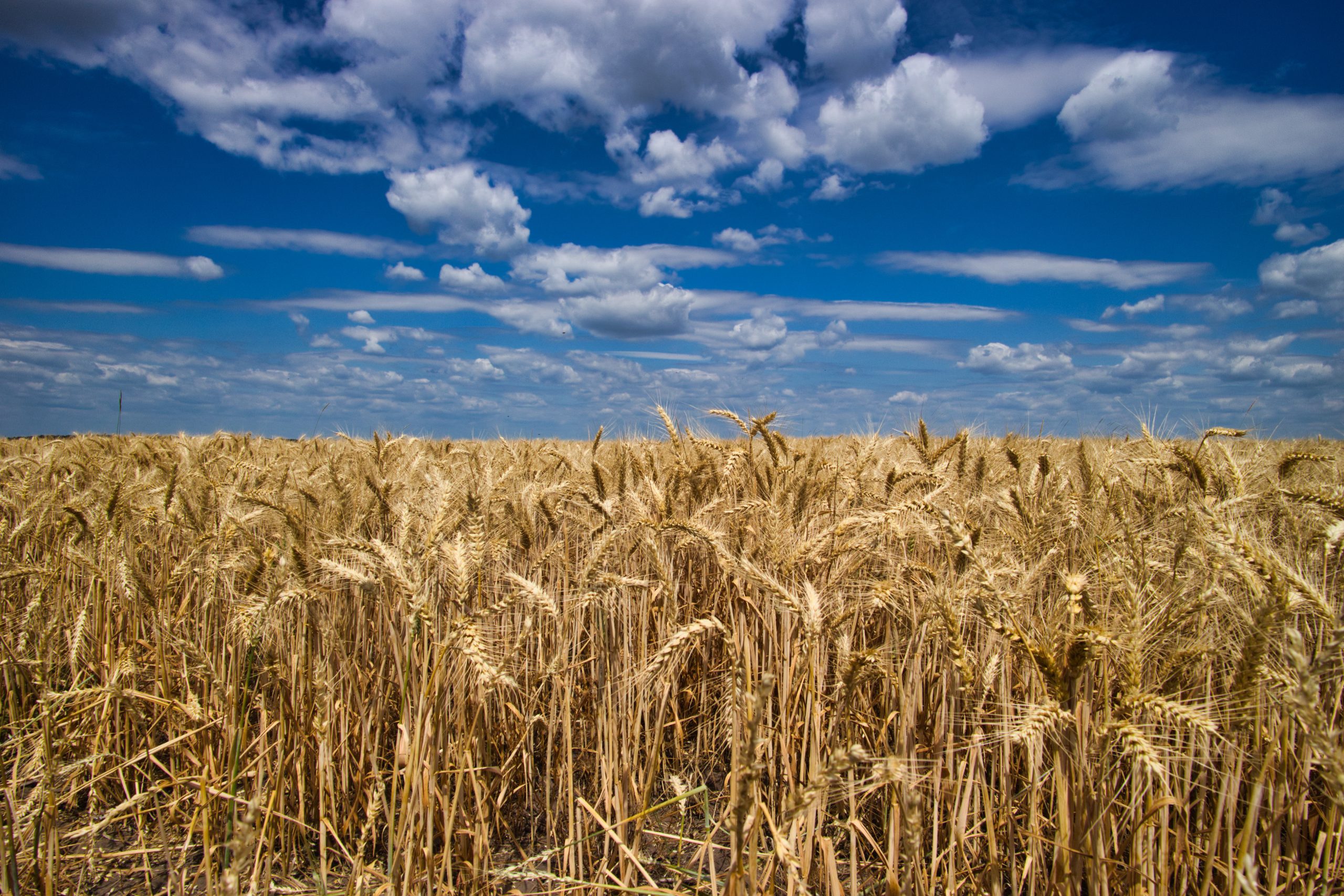Sulphur 418 May-Jun 2025

3 May 2025
TSI World Sulphur Symposium 2025
CONFERENCE REPORT
TSI World Sulphur Symposium 2025
The Sulphur Institute (TSI) held its World Sulphur Symposium in Florence from April 8th-10th.
This year the Sulphur Institute’s annual symposium came to the beautiful city of Florence for its 65th anniversary meeting. In his opening remarks, TSI president and CEO Craig Jorgensen said that this year 127 delegates from 22 countries were in attendance, covering the whole sulphur and sulphuric acid value chains.
Global economic outlook
Professor Alessandro Sforza of the University of Bologna had the unenviable task of presenting the global economic outlook. He predicted global GDP growth of 3.3% for the 2025-26 financial year, split between 4.2-4.3% for emerging markets and 1.8-1.9% for the industrialised economies. The global figure is below the long term historical average of 3.7%, because of economic instability centring on US tariff policy and geopolitics in general, but he felt that a global recession was still unlikely. European rearmament will lead to larger than projected growth in Germany, albeit balanced by lower US consumer confidence and expectations of higher inflation. However, US trade policy and the prospect of a trade war with China added considerable uncertainty to the picture, along with the Russia-Ukraine war and troubles in the Middle East. We are seeing the highest levels of uncertainty and currency fluctuation since at least 1960. Growth may suffer not just in the short term but potentially over the rest of the decade. Could this be an end to dollar denominated trade and/or of globalisation itself? Professor Sforza foresaw reshoring and a new wave of industrial policy leading to more fragmented markets.
Oil and gas outlook
Francis Osborne of Argus gave the global energy outlook. OPEC+ is currently unwinding 2.2 million bbl/d of previous oil production cuts over the next 18 months, but the market does not need this crude. There is talk of compensating for this by getting those who have overproduced their quotas to take additional production cuts, but will this work? At present there is an implied stock build of 4.6 million barrels by 2027 and possibly an end to the market management that has lasted the previous 40 years. OPEC continues to lose market share by managing the market, but is resisting a fall to a more ‘natural’ oil price level of as low as $30/bbl.
Restraint by OPEC+ tends to remove more sour barrels from the market (around 1.5 million bbl/d of >4% sulphur crude). Meanwhile there has been no significant loss in Russian crude supply, but rather a switch from Europe to India and elsewhere in Asia. India is thus processing more sour crude and Europe receiving more sweet crude from the US leading to lower sulphur output from refineries.
Around 7 million bbl/d of refining capacity has ben closed since 2019, though new capacity has outpaced closures. But there is less and less new capacity ahead, almost none outside India and China. Overall refining remains relatively balanced, while refinery sulphur capacity is rising, mostly in India.
Global gas demand is growing out to 2050 by around 1.5-2.0% year on year, with new production mainly from Middle East sour gas, leading to a significant increase in sulphur output. Peak oil demand is expected around 2030, as transport moves to electric cars, and low carbon shipping and aircraft fuels. Upstream oil capex has already peaked, and investment is becoming slanted to gas. Non-OPEC+ oil supply will fall faster than OPEC+ after 2030, leading to more heavy sour crude on the market and more sulphur, but there is likely to be a prolonged period of refinery closures, around 14 million bbl/d out to 2050.
Chemical industry
The present and future of the chemical industry, particularly in Europe, was the topic of Dr Moncaf Hadhri of CEFIC. In 2003, Europe was the largest chemical producing region in the world, representing 28% of production, with the US at 23% and China 9%. Twenty years later in 2023, China represented 43% of production, the USA 11% and Europe 13%, even though global chemical sales had quadrupled during that time. Europe has faced weaker domestic demand, a lack of competitiveness for exports and a lack of investment, though it is still – just – the largest exporter (and exports more than twice what it did in 2003). The European industry is bedevilled by high energy costs, and the prospect of US tariffs only adds to its potential problems.
Caprolactam
Jincy Varghese of ICIS looked at the global caprolactam market. The caprolactam industry has gravitated inexorably to China and northeast Asia, where 79% of demand now sits, as compared to just 8% each in Europe and North America. China continues to build capacity, which is why the utilisation rate is only around 70-75%. End uses are mainly (62%) for nylon fibre production, with 35% for resins. There is not much inter-regional trade – instead derivatives like nylon are traded; 90% of nylon produced is exported. For caprolactam, 2/3 of trade is represented by sales from Russia to China. Europe has been a net exporter historically, but is now roughly balanced. Northeast Asia has been a net importer, but new capacity in China means it may become a net exporter from 2026, with capacity closures expected in Europe and Asia outside China.
Battery metals
Anna Fleming of Benchmark Mineral Intelligence surveyed the market for battery metals with reference to sulphur, particularly lithium, nickel, cobalt, manganese and copper. Electric vehicle sales remain dominated by China, where sales were up 36% in 2024, as compared to % in the US and a contraction of 4% in Europe as tax credits were removed. Battery demand was up 28% in 2024, including a 25% rise in EV demand, and a 56% rise in stationary storage applications. Overall the expected CAGR over the next decade is 15% year on year, while the price per kWh has dropped to 25% of its 2014 level.
The impact on metal demand is determined by battery chemistry. Lithium demand is forecast to rise 12% year on year to 2035, with 90% going to battery production, while nickel demand will rise 6% year on year, and cobalt 7%. There is oversupply in many metals markets at present, but demand is catching up rapidly. For nickel, Indonesia represents 82% of new supply and 52% of new copper supply, while the DRC is another 34% of new copper supply. Lithium production is forecast from the US, China, Argentina and other countries, while China will represent 55% of new manganese supply.
Clean technologies represent an increasing amount of copper demand, with copper requirements for wind, solar, EVs, new grid connections etc rising from 2.5 million t/a in 2025 to 4 million t/a in 2030. Recycling is also becoming increasingly important, especially for lithium and cobalt – this is good news for sulphuric acid as it represents one of the cheapest methods of recovering metals.
Phosphate market
The annual phosphate outlook was presented by Alan Pickett of S&P Global (formerly Fertecon). There has been a slight recovery in demand for phosphates in 2023-24, but demand remains fairly flat. Major impacts in the past few years have included high EU gas prices and the Ukraine war, and Chinese export restrictions. Prices are historically high at present, with a strong correlation with sulphur prices. Fertilizer affordability looks challenging in 1H 2025, especially for DAP, similar to the situation in 2018-19, when demand fell by 1.6% over two years. Overall demand for finished phosphates is likely to be negligible over the next ive years, with the CAGR to 2050 around 0.5% year on year, leading to more static sulphur demand growth as there is increased efficiency in fertilizer application.
Regionally, the US is still just about a net exporter, making it vulnerable to counter-tariffs from Canada, Mexico, China and the EU. The US has already imposed countervailing duties on Russia and Morocco, leading to a switch to imports from Saudi Arabia, Australia, Israel and Jordan. Chinese exports remain restricted, though it is still the second largest phosphate exporter after Morocco. For 2024, exports of MAP and DAP from China were 7.8 million t/a. Technical MAP production in China is increasingly going to LFP battery production. Supply growth favours lower cost exporters like Morocco and Saudi Arabia, with closures likely in China, and relatively static production in Russia, India and the US. Trade remains relatively concentrated, with the top five exporters controlling 80% of trade, and the top five importers 50% of trade.
Alan finished by looking at the possible impact of carbon capture measures on sulphur production. From the 2030s there will be an undersupply of sulphur under most scenarios, and metals markets can probably outbid phosphate fertilizer production for what sulphur there is. Where will additional sulphur come from? Options include melting down existing sulphur blocks (representing 20-30 million tonnes), a return to Frasch mining, using more pyrites for acid production, switching to other agricultural sources of sulphur such as polyhalites or gypsum, using non-sulphur acid technologies like nitric or hydrochloric acid, and recycling more spent acid.
Sulphur and sulphuric acid
Finally, Freda Gordon and Fiona Boyd of Acuity gave the usual sulphur and sulphuric acid market roundup. Sulphur production in 2025 is forecast to be 73 million t/a and consumption 71 million t/a, with a surplus of around 2.5 million t/a – not much in terms of existing port stocks. The Middle East remains the production giant, with new production in Saudi Arabia, Kuwait, Qatar and the UAE over the next five years. The US is seeing supply decrease as refineries close, while demand is increasing for lithium production. However, US demand is increasingly away from ports and supply centres, leading to higher costs for the new lithium mines. Indonesia is a rising powerhouse in sulphur and sulphuric acid. There have been some delays in smelter startups, but once operational they will displace sulphur burning acid production locally. Chinese sulphur consumption is rising for LFP batteries, caprolactam and titanium dioxide production. Imports were up 12.7% to 10 million t/a in 2024, while domestic production rose to 10.8 million t/a last year. Chinese acid production was around 120 million t/a in 2024, with exports of 2.7 million t/a. Europe is facing a molten sulphur shortage due to refinery closures and processing of more sweet crude from the US, possibly leading to more remelter capacity. Africa is seeing new consumption for mining, phosphates in Morocco and Tunisia, uranium in Namibia, and copper and cobalt in the DRC.
For acid markets, 2025 is forecast to see 329 million t/a of production against 308 million t/a of demand. But production may be lower due to shortages of copper concentrate for smelters. There is new smelter capacity in China, India and Indonesia and new sulphur burning capacity in Morocco and Indonesia. Higher sulphur prices may limit sulphur-based acid availability. Peru is competing with China to supply Chile, but the Tia Maria startup, now scheduled for 2027, will reduce Peruvian export availability. In Australia, the idling of Nickel West is leading to lower sulphur demand but higher acid requirements locally, though nickel projects are facing cost issues. New Indian smelter capacity will lead to lower sulphur imports.
Next year’s Symposium will be held in Vancouver, Canada, from the 28th-30th of April 2026.







